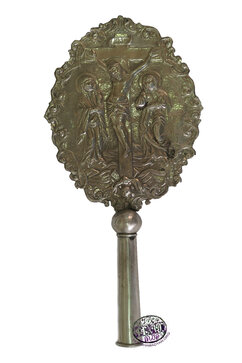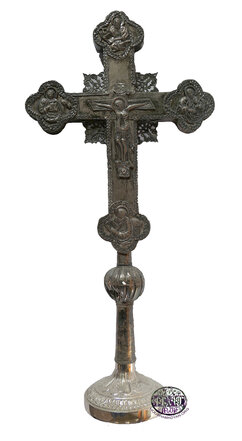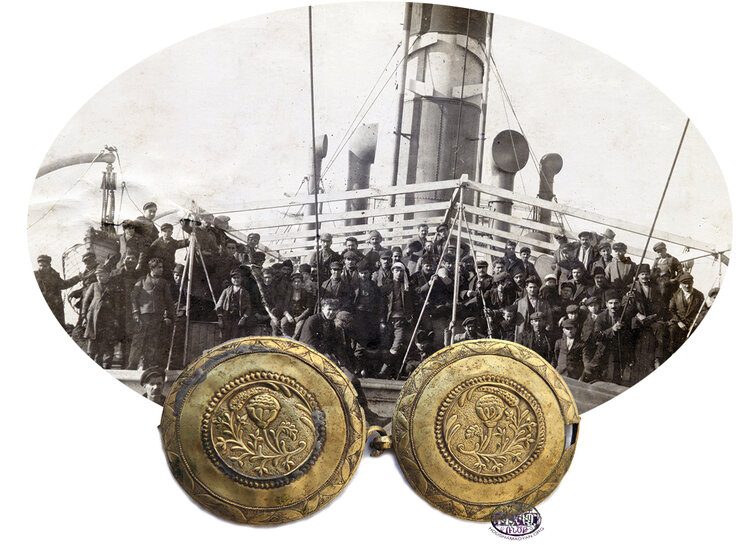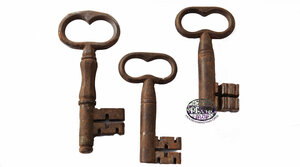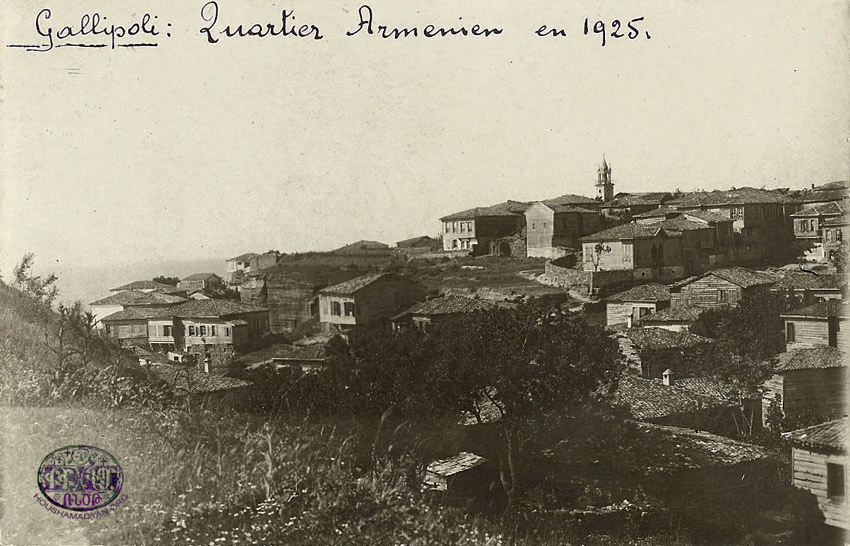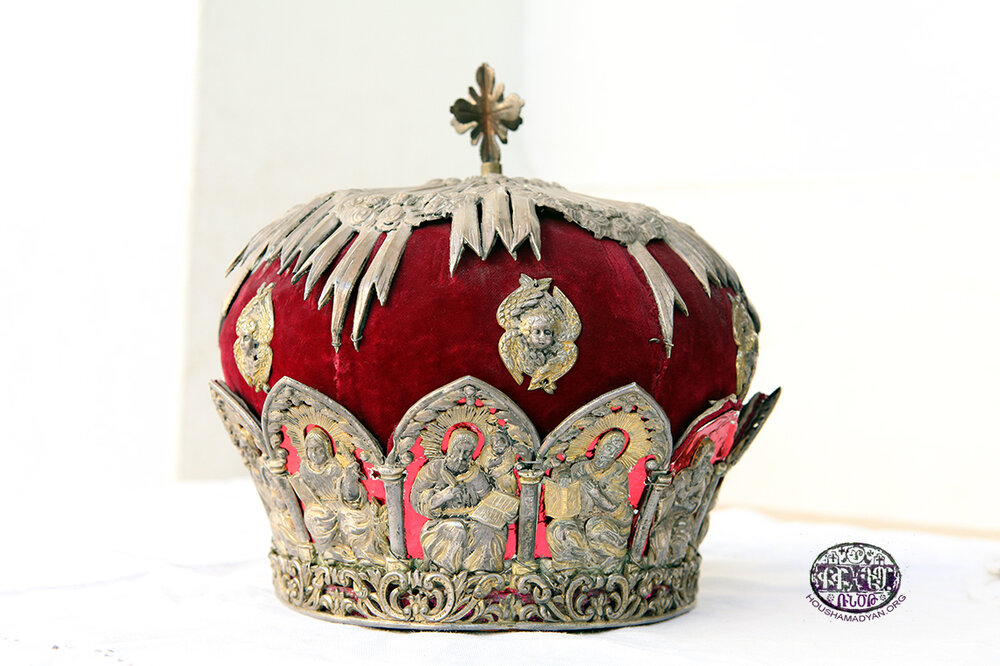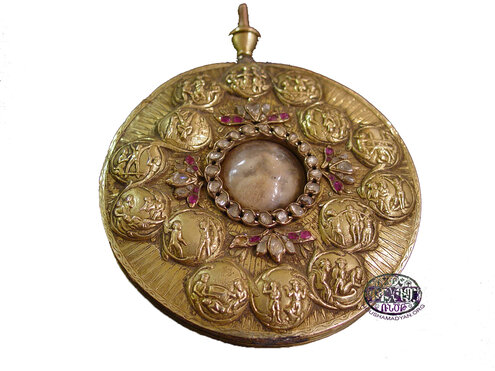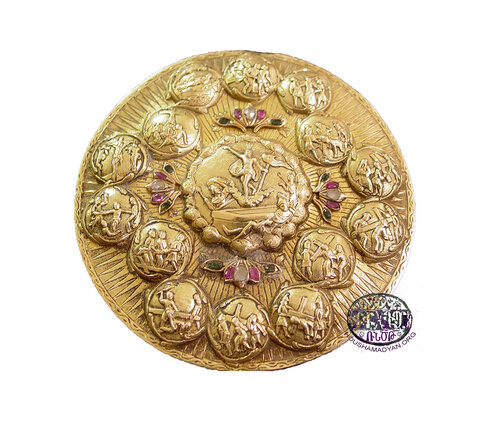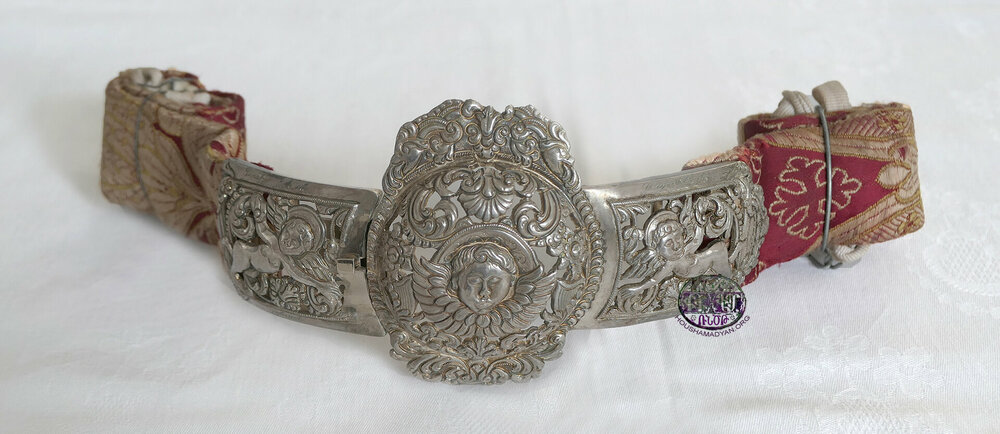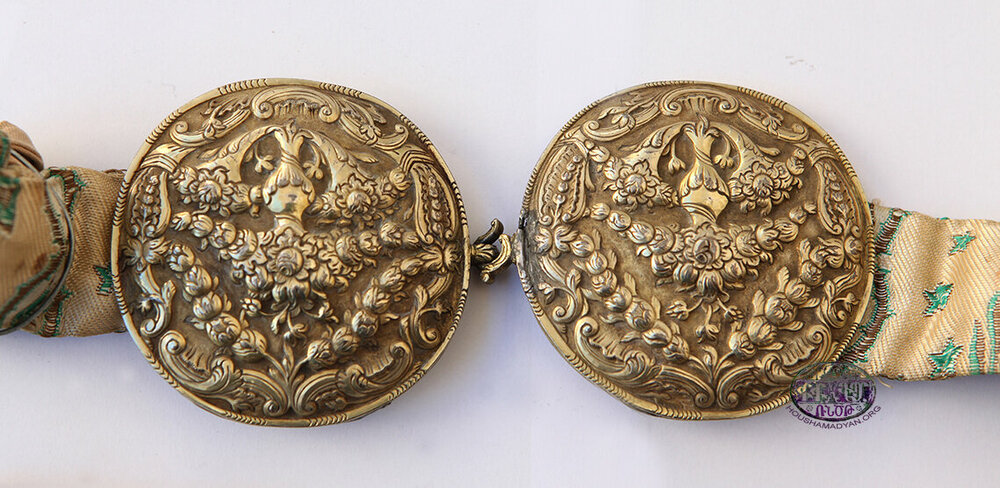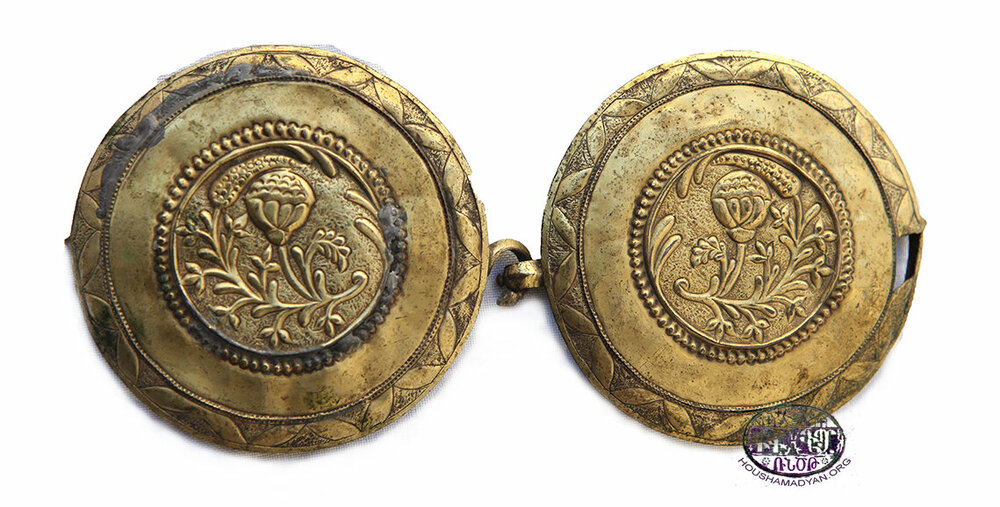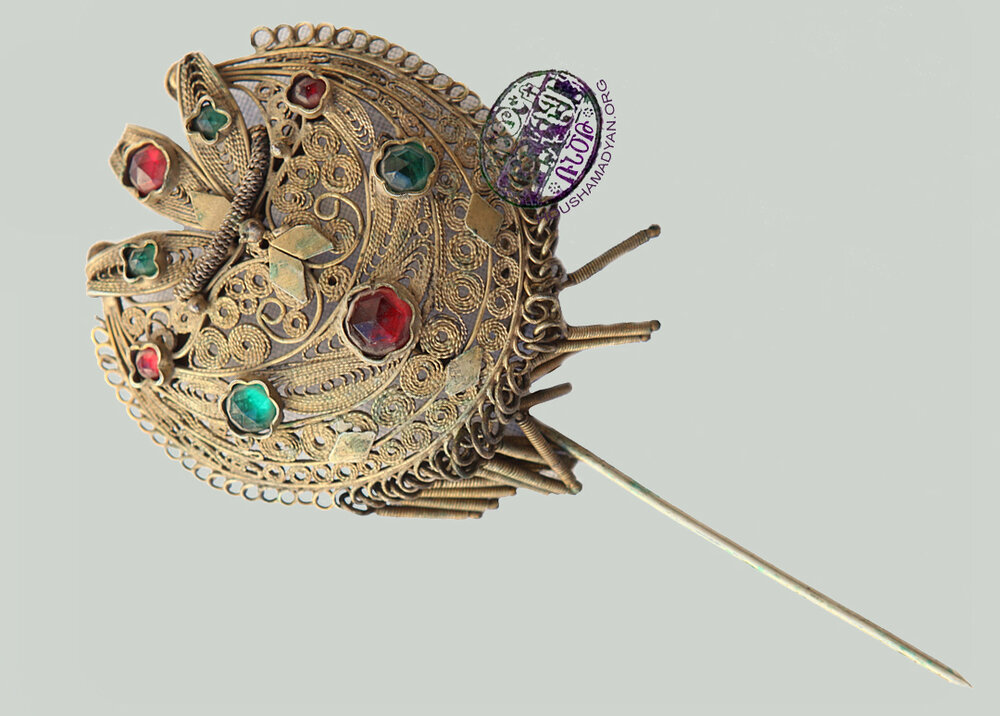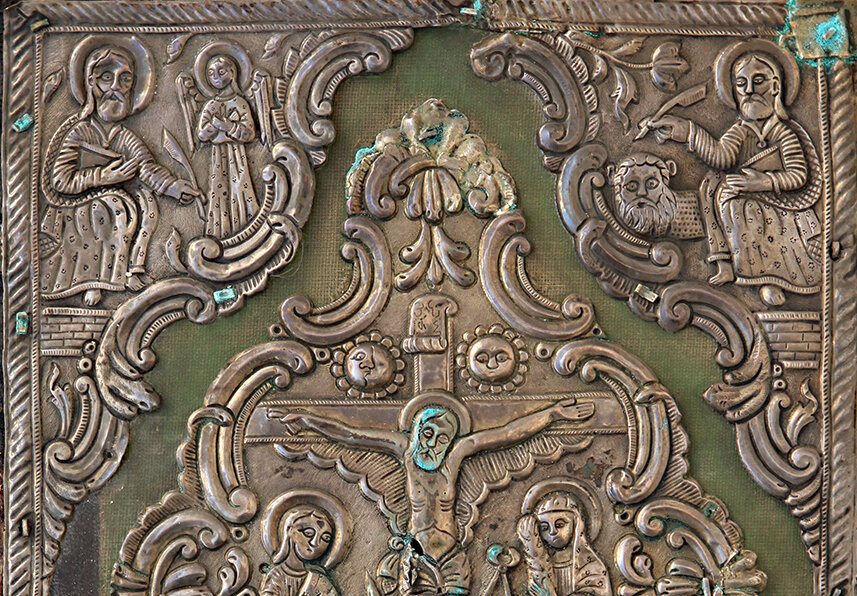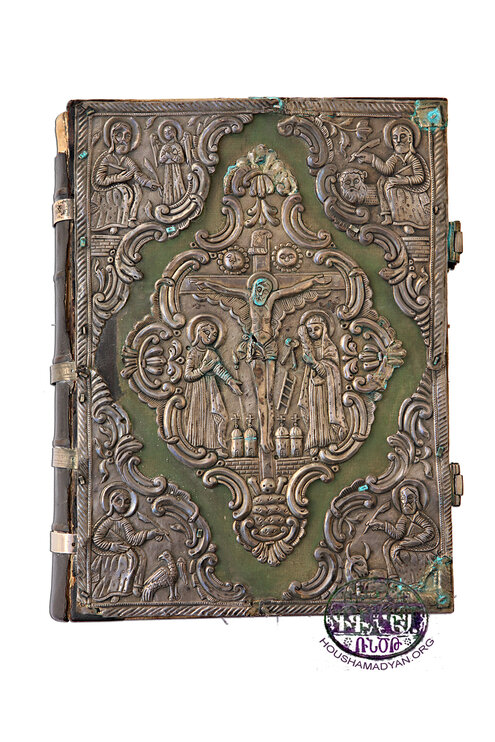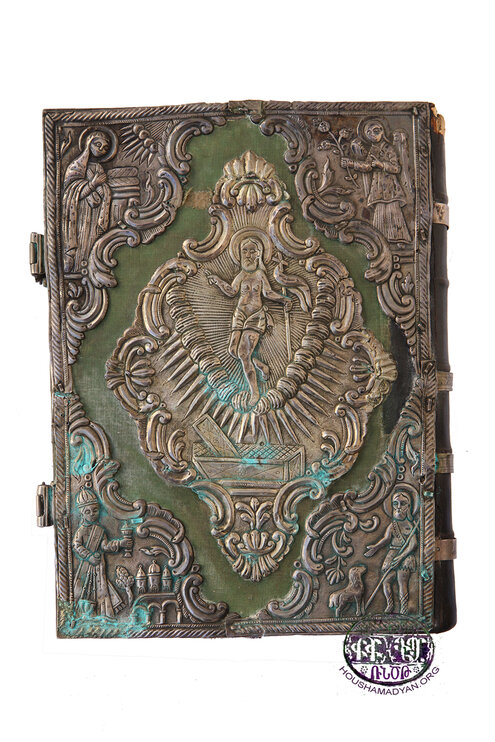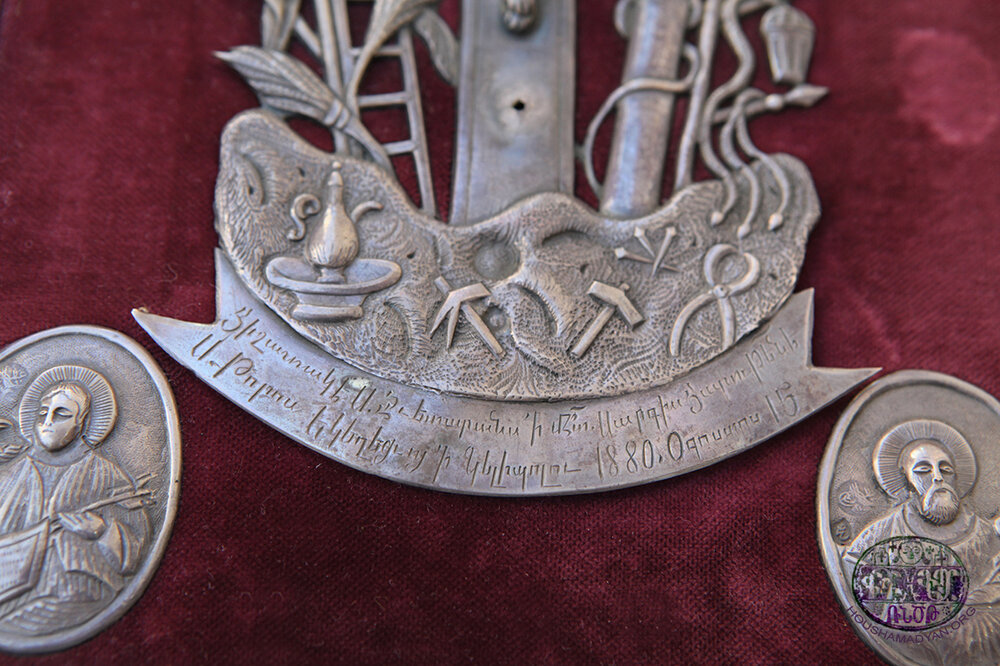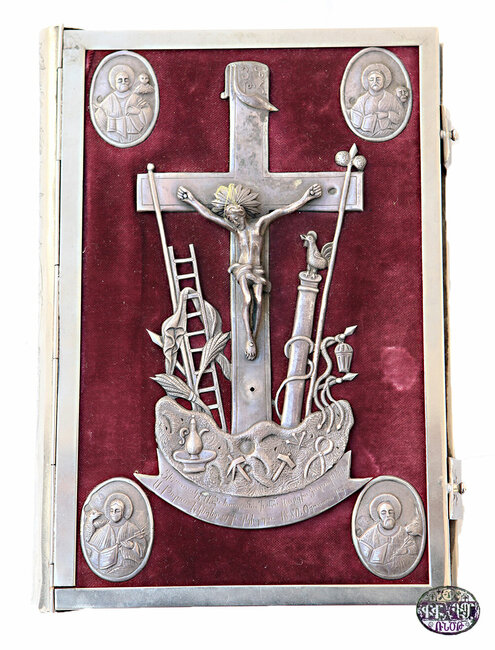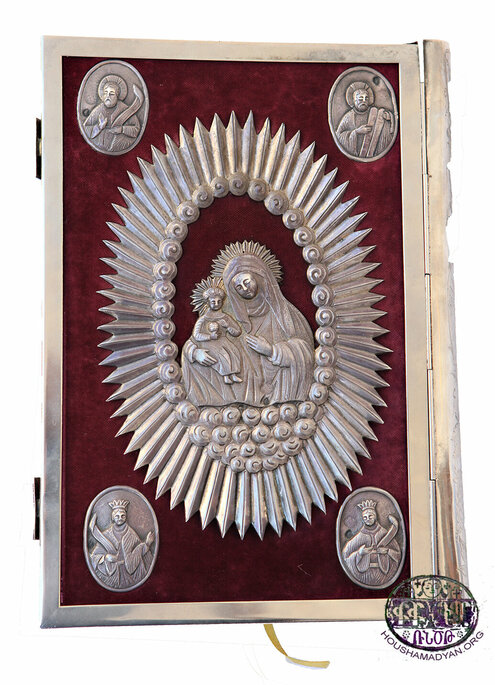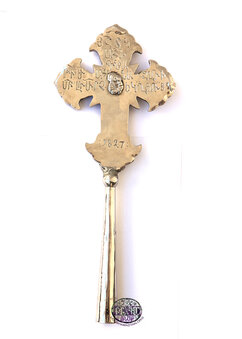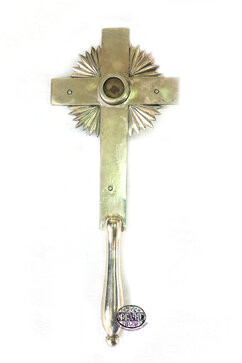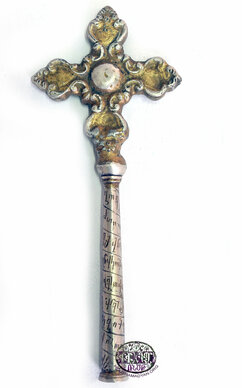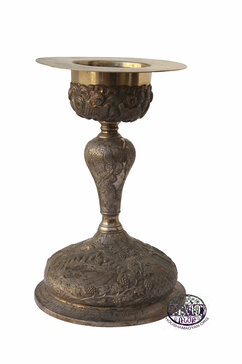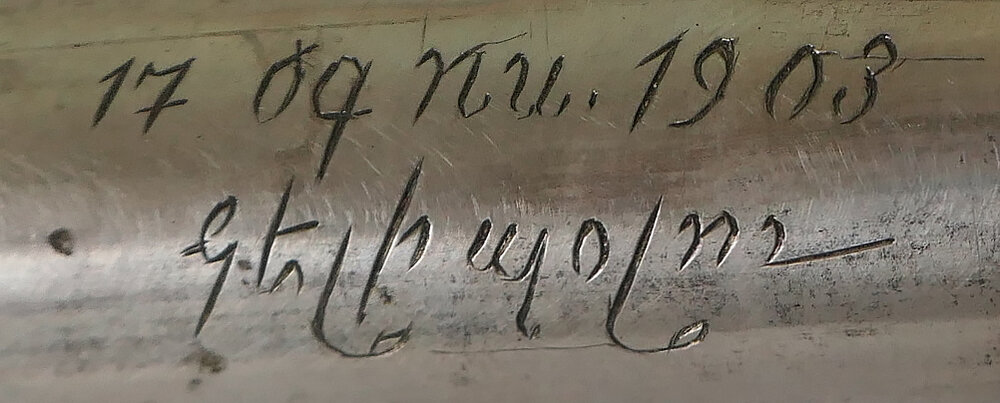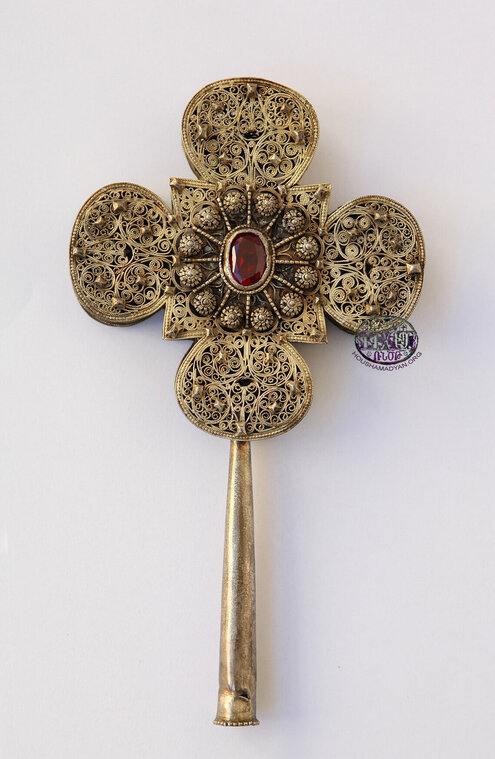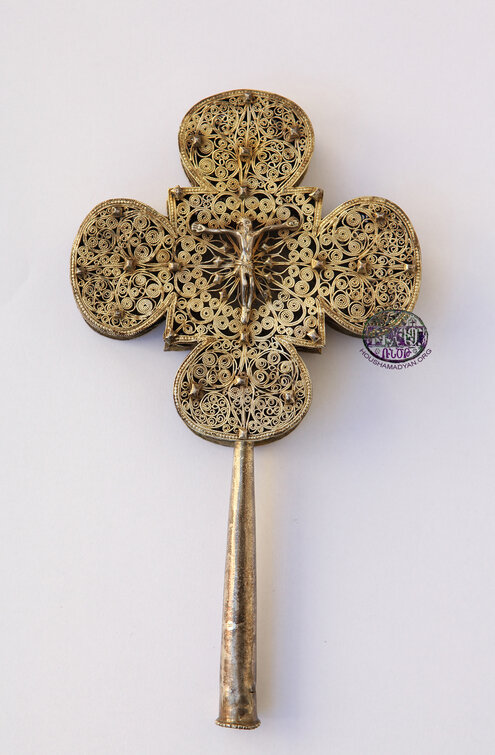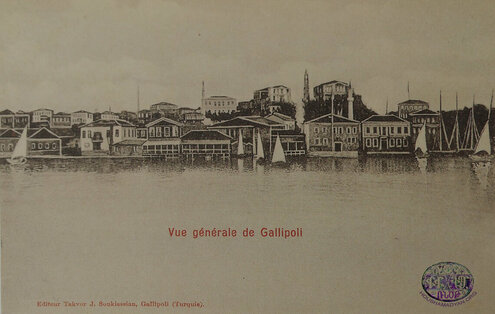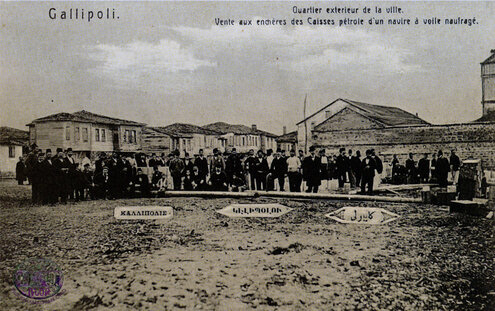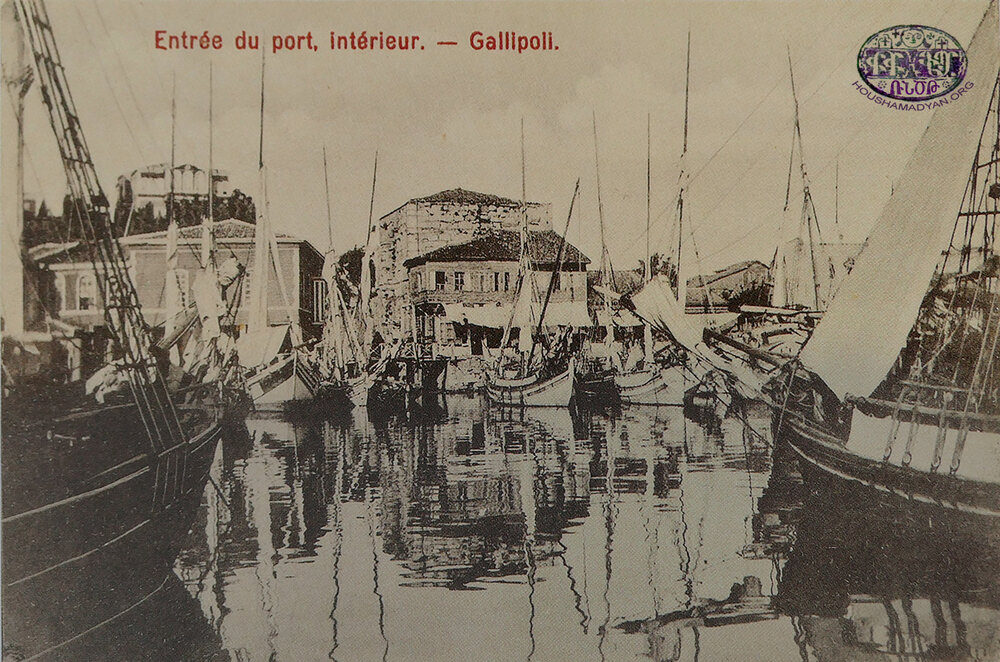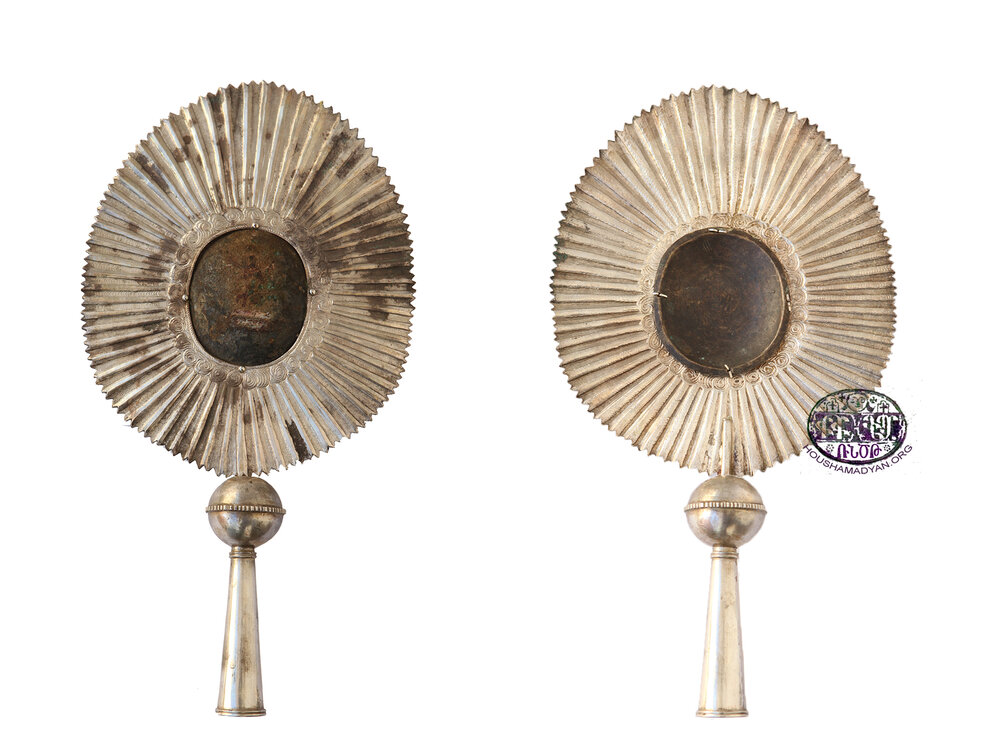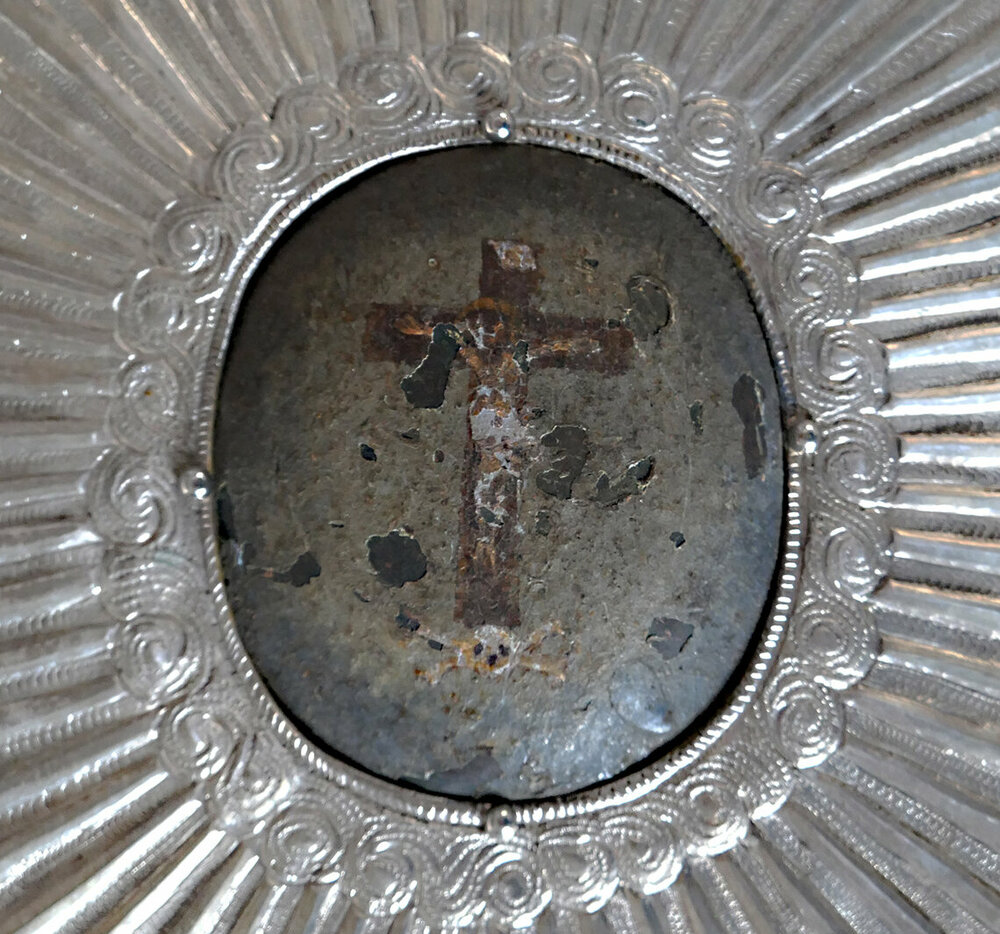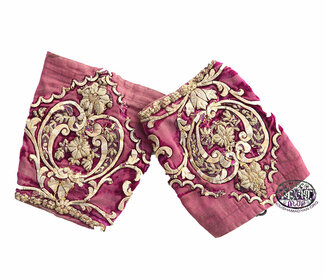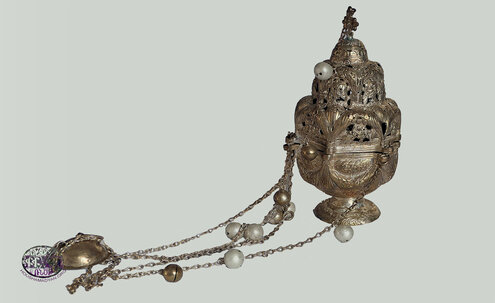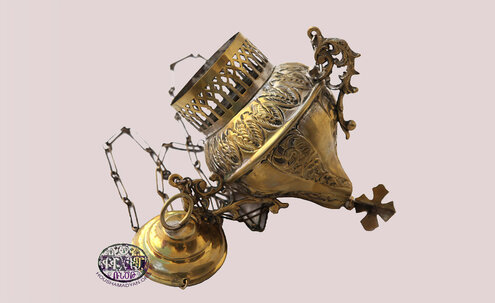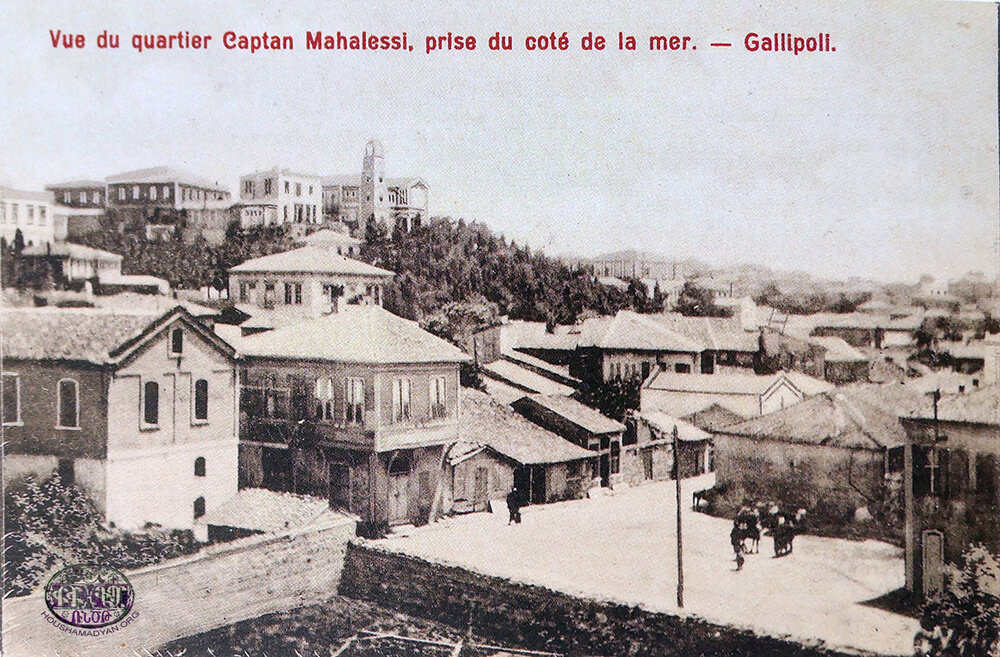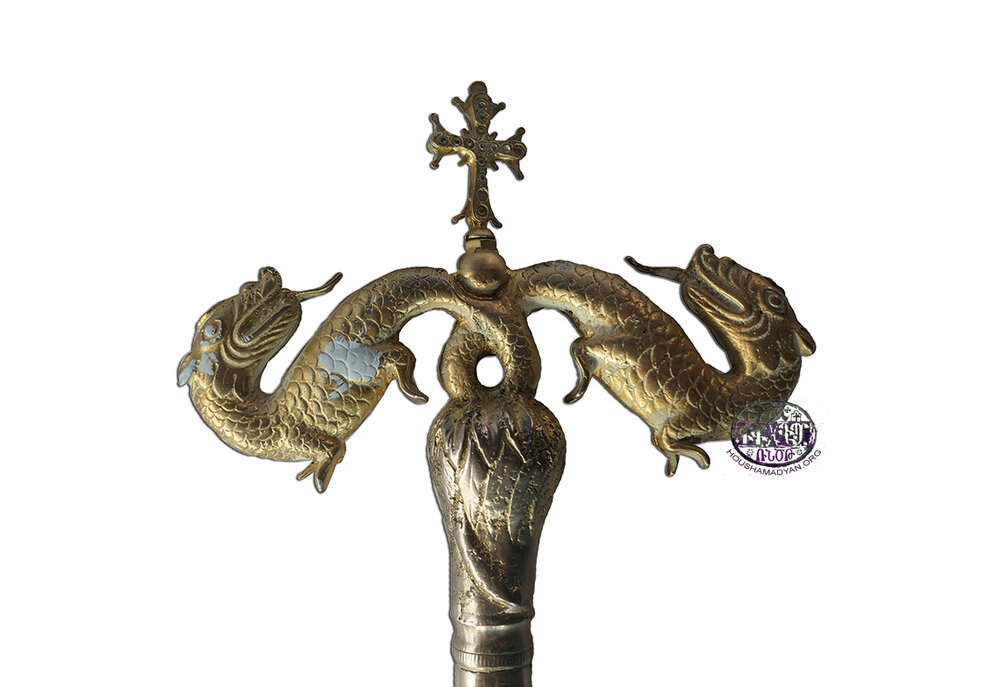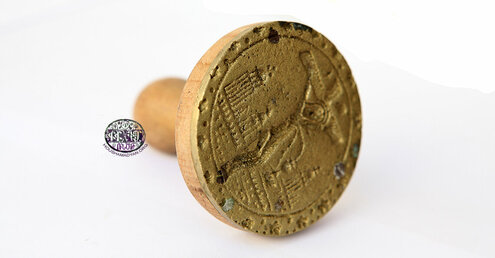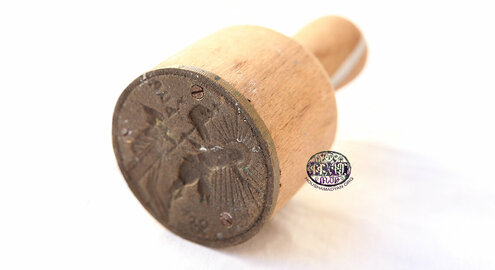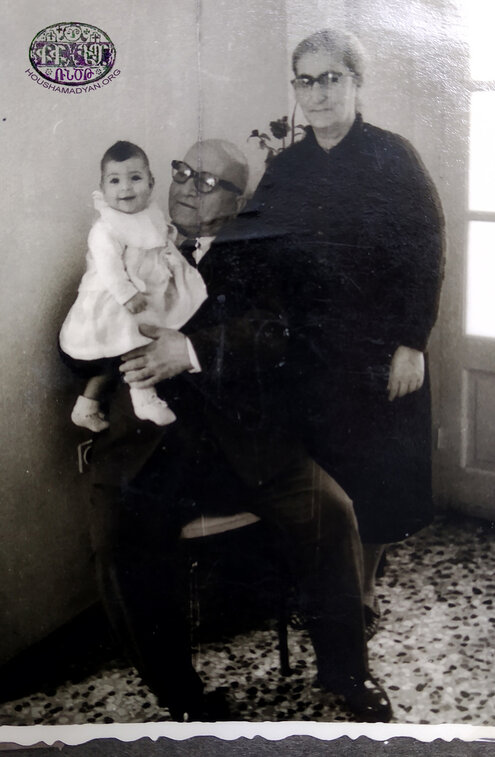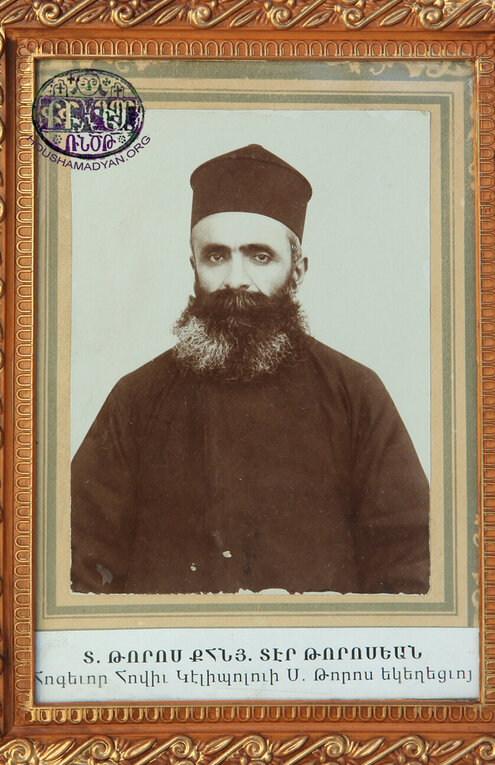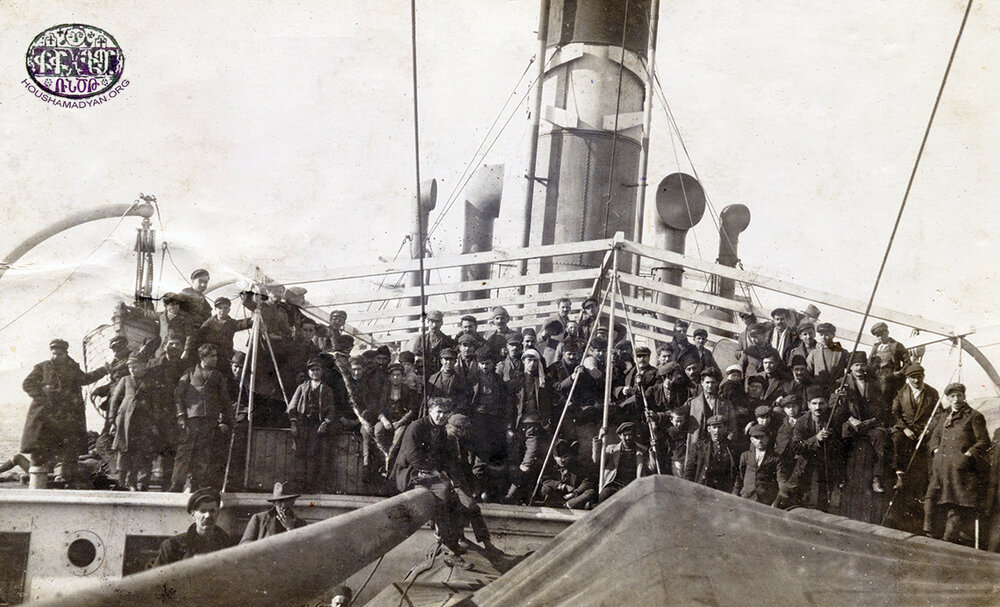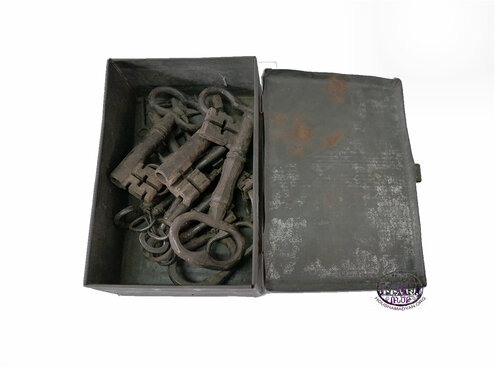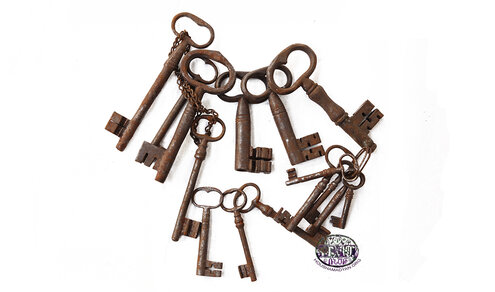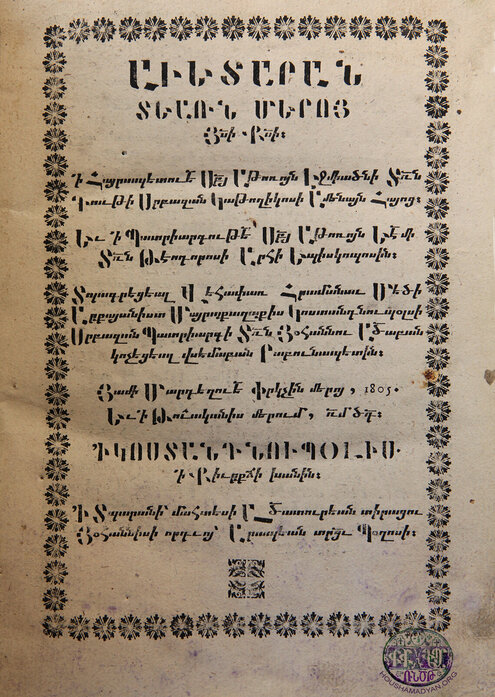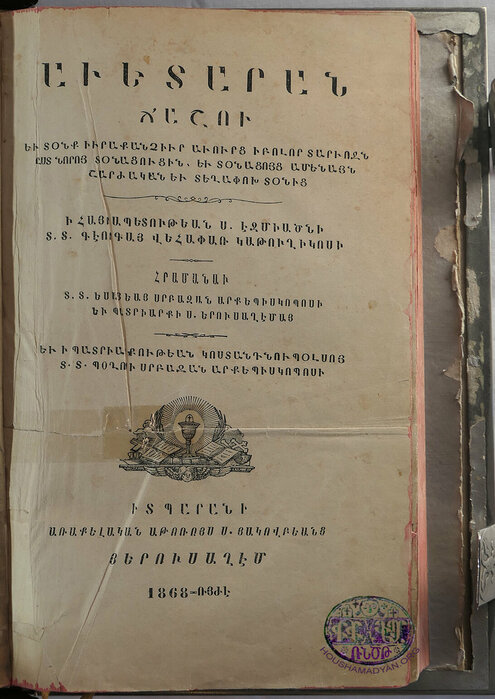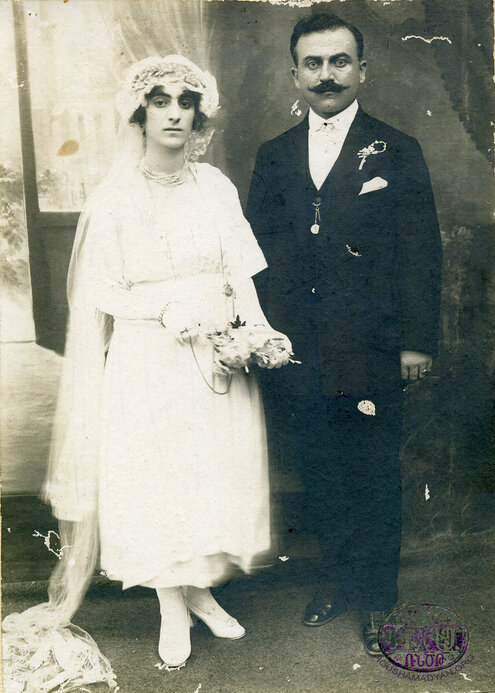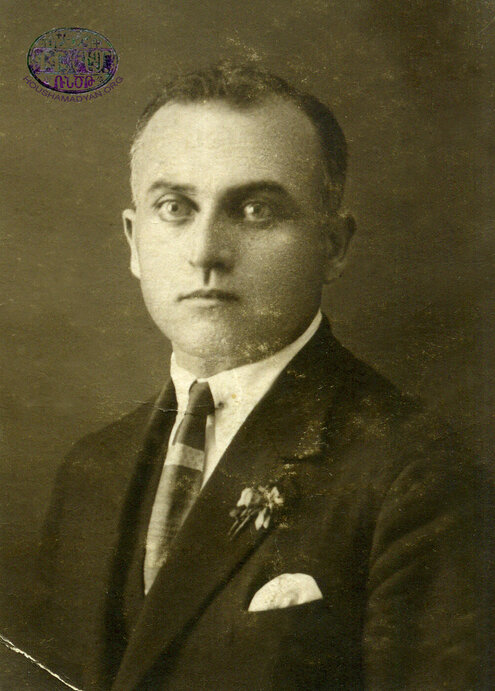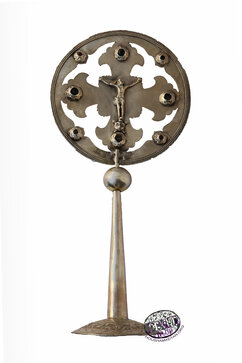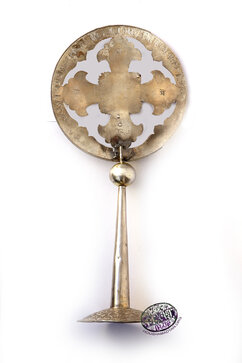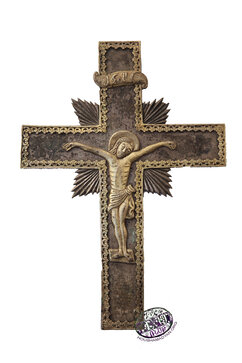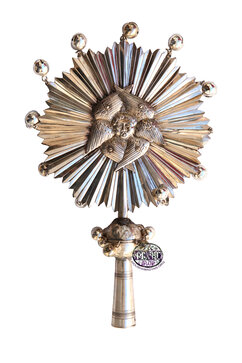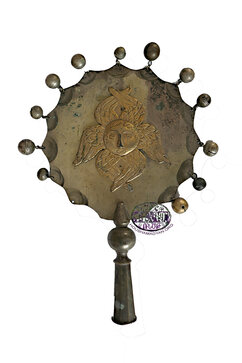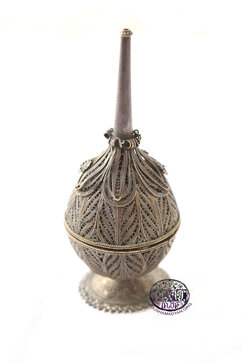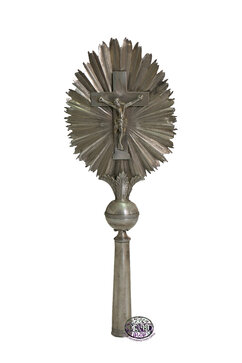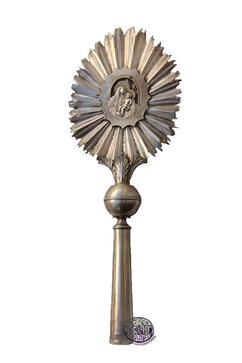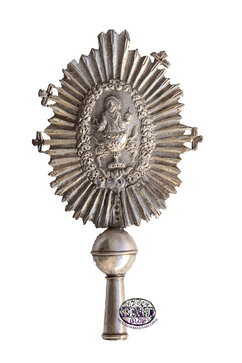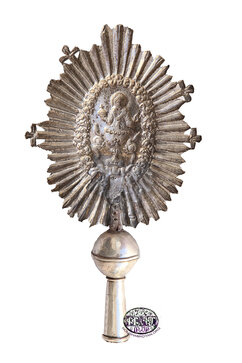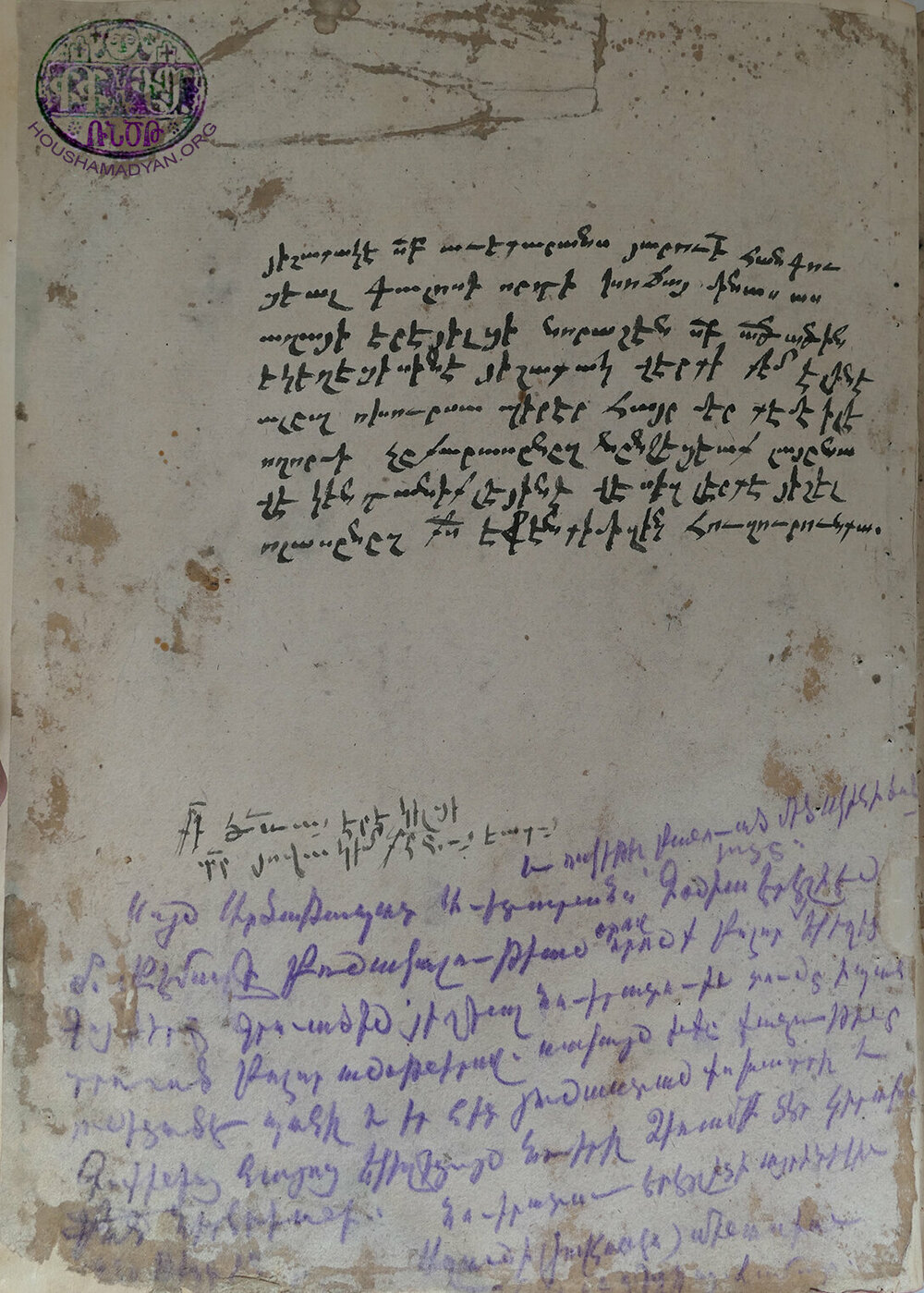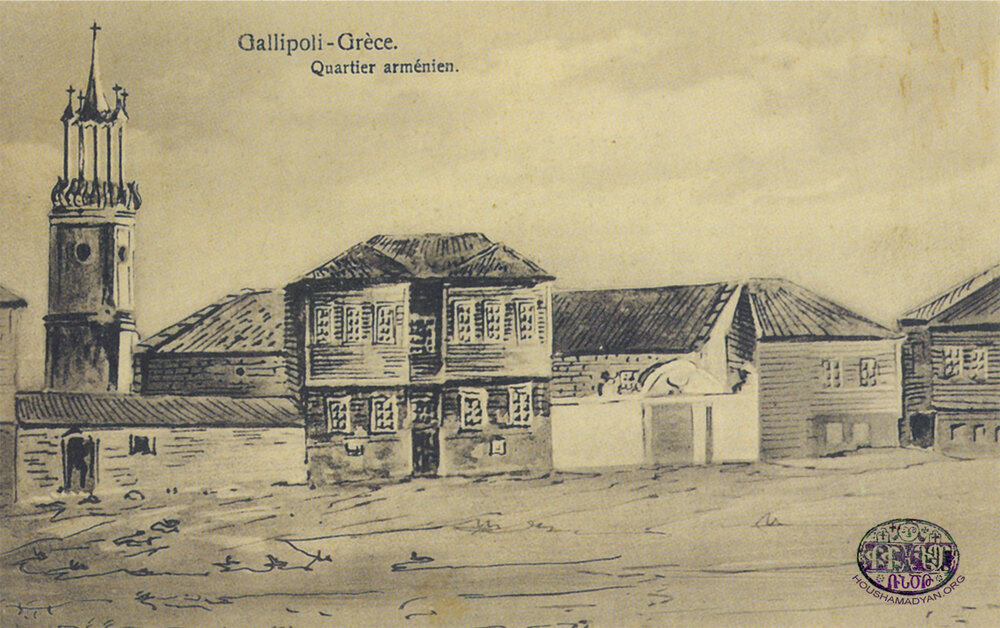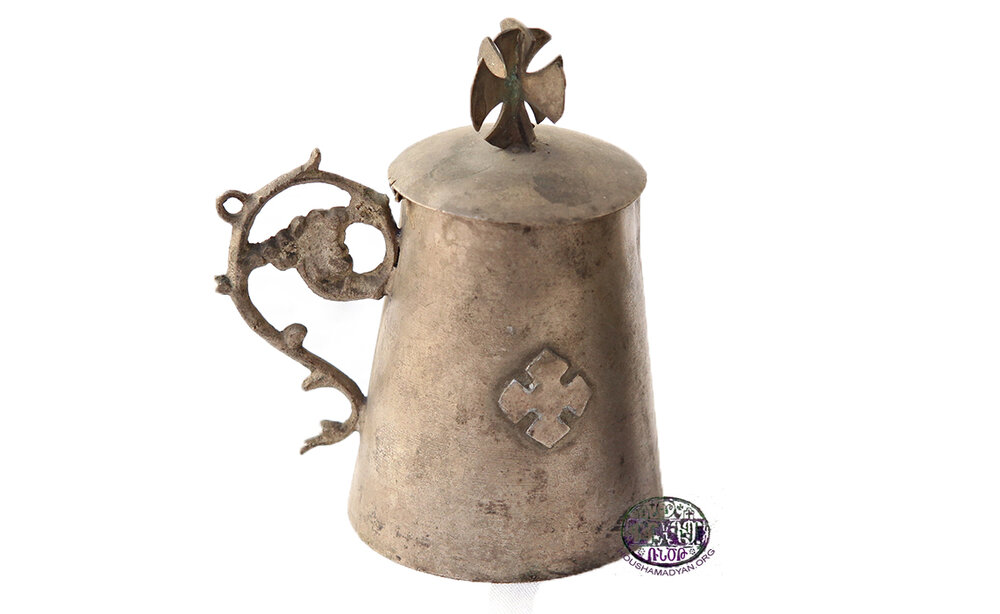Treasures of St. Toros, from Gallipoli to Kokkinia
Author: Vahé Tachjian, 10/06/20 (Last modified 10/06/20) - Translator: Simon Beugekian
The Saint Toros Church of Gallipoli/Gelibolu did not share the fate of most Armenian religious institutions across the Ottoman Empire. During the Armenian Genocide and the ensuing decades, a large number of Armenian churches and monasteries across Anatolia were completely destroyed, while others were repurposed as mosques, museums, etc. As for the items that were housed in these institutions (liturgical objects, vestments, books/manuscripts, etc.), the majority vanished. Occasionally, one or two items were traced – a chalice or a Bible, the door of a monastery or an altar cross. These rare discoveries unearthed the last remaining relics of the rich ecclesiastical life of Ottoman Armenia.
The Saint Toros Church of Gallipoli no longer stands. Like thousands of Armenian institutions across modern Turkey, it has been destroyed, just as the once-vibrant Armenian community of Gallipoli has been eradicated. But the similarities end there. The majority of Saint Toros’ treasures (probably all) were rescued by Armenian refugees who smuggled them out of Turkey and into Greece.
The oral history of the Palandjian family provides an account of the singular fate of Saint Toros’ treasures. During the First World War, Hadji Hagop Palandjian, a Gallipoli Armenian, had served as a cavalry officer in the Ottoman Army on one of the most brutal battlefields of the war, the Gallipoli front. As he recalls, he was there when the Allied forces landed in 1915. During the ensuing fighting, Hagop Palandjian saved the life of a high-ranking Turkish officer, sustaining an injury in his leg in the process. From that day on, the two men shared a close friendship, which, as the oral history reveals, would be of crucial importance to the fate of the treasures of Saint Toros.
In October 1922, when the shattered Greek armies were in a rout all along the Anatolian front, and when the victory of the Turkish forces appeared inevitable, Hagop Palandjian’s officer friend came to Gallipoli. He warned Hagop that once the Turkish forces captured the city, its Christians would be given a very short amount of time to leave. They would not have enough time to prepare, and surely, a catastrophe would befall them.
Hagop Palandjian shared this information with the rest of the community. A meeting was convened, and despite the objections of some skeptics, the decision was made to preempt the official Turkish orders and immediately prepare the Armenian population to evacuate the city [1].
It was at this point that the treasures of Saint Toros entered the stage. During the preparations for departure, the church’s board of trustees decided to save its treasures by distributing them among the refugees. Each family assumed responsibility for smuggling out one item. Eventually, the Armenians of Gallipoli boarded a ship and collectively took the road to deportation. Their first stop was the island of Cephalonia. Later, the majority of them settled down in the area of Kokkinia (Nikaia), near Pireas, joining other Armenian and Greek refugees who had already found refuge there [2].
By the early 1920s, Armenian refugees had built a church in Kokkinia. It was a wood-and-tin structure. In 1936, it was demolished and replaced by the Saint Hagop Church of Kokkinia, built of stone.
The items rescued from the Saint Toros Church remained in the care of the families who had fled Gallipoli. Every year, during the holiday festivals, they were brought out and used during services at the Saint Hagop Church. This tradition was observed until 1956, when the local Gallipoli compatriotic union decided to donate the items to the church. And so, the treasures rescued from Saint Toros were reunited and found a permanent new home [3]. Many of these items are still being used in church services today, while others are kept in secure display cases in one of the halls adjacent to the church.
However, one golden reliquary from the collection was never returned. It was one of the most beloved items saved from Saint Toros. Like the church’s other items, it had been entrusted to a family, and had been brought to Greece. But instead of handing it over to the Saint Hagop Church with the rest of the collection, the family decided to keep it, drawing the ire of the rest of the community.
In December 2019, when the Houshamadyan team organized a workshop to catalogue and photograph memory items in Kokkinia, it was clear that the affair of the golden reliquary was still remembered by second- and third-generation Gallipoli Armenians, and was still a source of conflict within the community. Fortunately, the entire collection of the Saint Toros Church, including the reliquary, is reunited here again, albeit virtually, on the pages of Houshamadyan.
Houshamadyan wishes to thank Maik Tsiligirian, Krikor Moskofian, Quin Minassian, Father Barouyr Shernezian, and Bared Kahana Khacherian for their assistance in the preparation of this page.

- [1] Quin Minassian, “I Kept Alive the Memory of all who Eternally Departed,” [in Armenian] Azad Or Newspaper, Athens, December 16, 2020, http://azator.gr/?p=1280.
- [2] Ibid.
- [3] Father Varak Hovsepian (Editor), Kokkinio S. Hagop Hayasdanyats Arakelagan Yegeghetsvo Himnatroutyan 70-amyag, 1933-2003 [The 70-year Anniversary of the Founding of the Saint Hagop Armenian Apostolic Church of Kokkinia, 1933-2003], Kokkinia, 2003, pp. 55-56.
A golden reliquary, most probably containing a fragment of the True Cross alongside a relic from Saint Krikor Lousavorich (Gregory the Illuminator). The engravings on one side (1) of the reliquary depict Saint Krikor's ordeals, while the other side (2) depicts the the ordeals of Christ.
This item was considered one of the most valuable possessions of the Saint Toros Church. We also know that the Armenians of Gallipoli believed that this relic had the ability to heal various ailments.



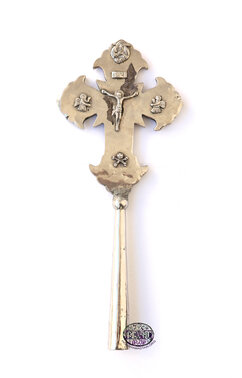
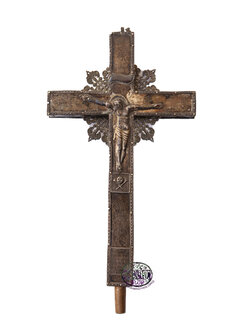






Aboard the ship transporting Armenian refugees from Gallipoli, in late 1922 (probably October). This American ship took the city’s Armenians to the Greek island of Cephalonia. Later, most would settle down in Kokkinia (Nikaia), near Pireas. Doubtless, the treasures of the Saint Toros Church were rescued from Gallipoli and taken to Greece by the refugees on this very ship. (Source: Annig (Angel) Markarian (nee Bedrosian) Toronto, Canada)

